Starting a yoga clothing line goes far beyond picking colors and slapping on a logo. To create activewear that truly resonates, you need to collaborate with experienced yoga clothing manufacturers who deeply understand the balance between fashion and performance. After all, every decision—from selecting high-performance fabrics to perfecting garment fit and streamlining production—plays a crucial role in building a line that’s as stylish as it is functional. Without the right manufacturing partner, even the best designs can fall short.
So, how do you turn your vision into a retail-ready collection? In this guide, we’ll break down the entire process of starting a yoga clothing line—from concept to final delivery. You’ll discover key customization options, sustainable material choices, and realistic timelines to help you launch with confidence.
Check out the steps to starting a yoga clothing line…
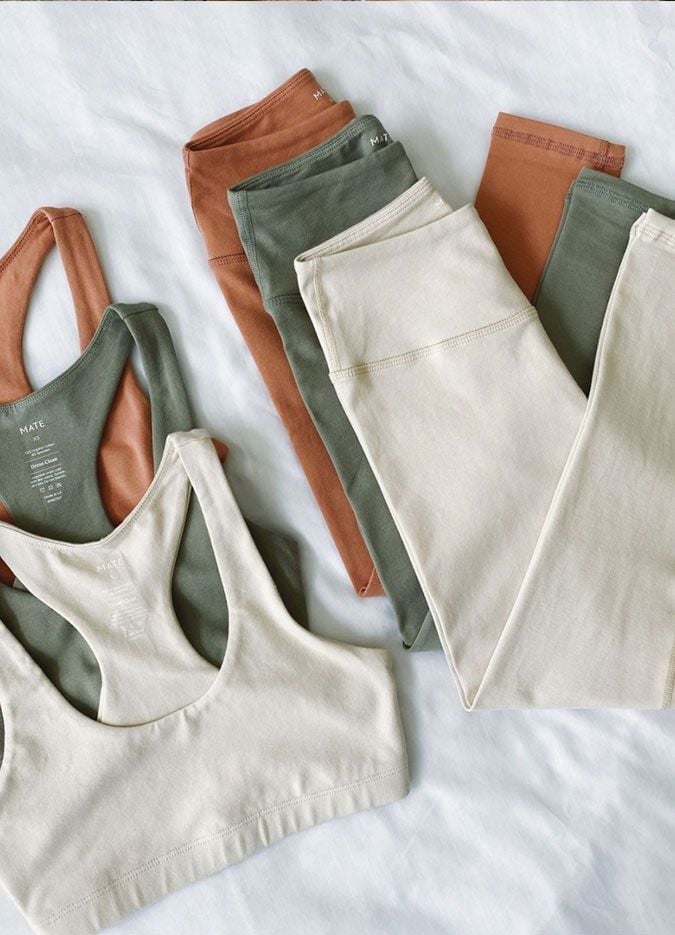
Starting a successful yoga clothing line isn’t just about design—it’s about execution. From concept to final product, a clear, step-by-step process ensures your collection meets quality, performance, and brand expectations. Here’s how to make it happen:
#1. Step One: Define Your Brand and Collection
Before sketching a single legging, clarify your niche. Are you crafting minimalist essentials for everyday wear, bold prints for hot yoga enthusiasts, or eco-conscious activewear for sustainable shoppers? Your brand positioning will shape every decision—from fabric choices to marketing.
#2. Step Two: Choose a Manufacturer
Not all factories are created equal. Partner with a yoga-specialized manufacturer who understands performance fabrics, stretch requirements, and seamless construction. Look for suppliers offering fabric sourcing, sampling, and private labeling—key services that streamline development.
#3. Step Three: Submit Your Designs or Tech Packs
Whether you’re working with sketches, mood boards, or full tech packs (with detailed specs and sizing), clear communication is critical. Pro tip: Many manufacturers provide in-house design support or customizable templates if you’re not a technical designer.
#4. Step Four: Develop and Approve Samples
This is where your vision comes to life—and where adjustments matter most. Test samples rigorously for:
- Fit (does it move with the body?)
- Fabric performance (moisture-wicking? squat-proof?)
- Construction (flatlock seams? reinforced waistbands?)
- Branding (placement of logos, tags, and labels)
#5. Step Five: Confirm Production Details
Once samples are approved, finalize:
- Order quantities (MOQs can vary)
- Colorways & sizing ratios
- Packaging & branding (hangtags, labels, polybags)
Your manufacturer should provide transparent timelines and cost breakdowns before moving forward.
#6. Step Six: Begin Bulk Production
Production kicks off with fabric cutting, sewing, quality control, branding (e.g., tags, labels), and final packaging.
Custom Features for Yoga Tops, Leggings, and Bras
Yoga apparel isn’t just fashion—it’s functional armor. Every piece must move, breathe, and recover like a second skin, enduring sweat, deep stretches, and dynamic flows without compromise. That’s where smart customization becomes your competitive edge.
#1. Yoga Leggings


- High-rise waistbands with added compression for core support
- Gusset inserts for comfort and range of motion
- Seamless or flatlock seams to prevent chafing
- Hidden waistband pockets for keys or cards
- Sculpting panels for shaping and aesthetics
#2. Yoga Bras
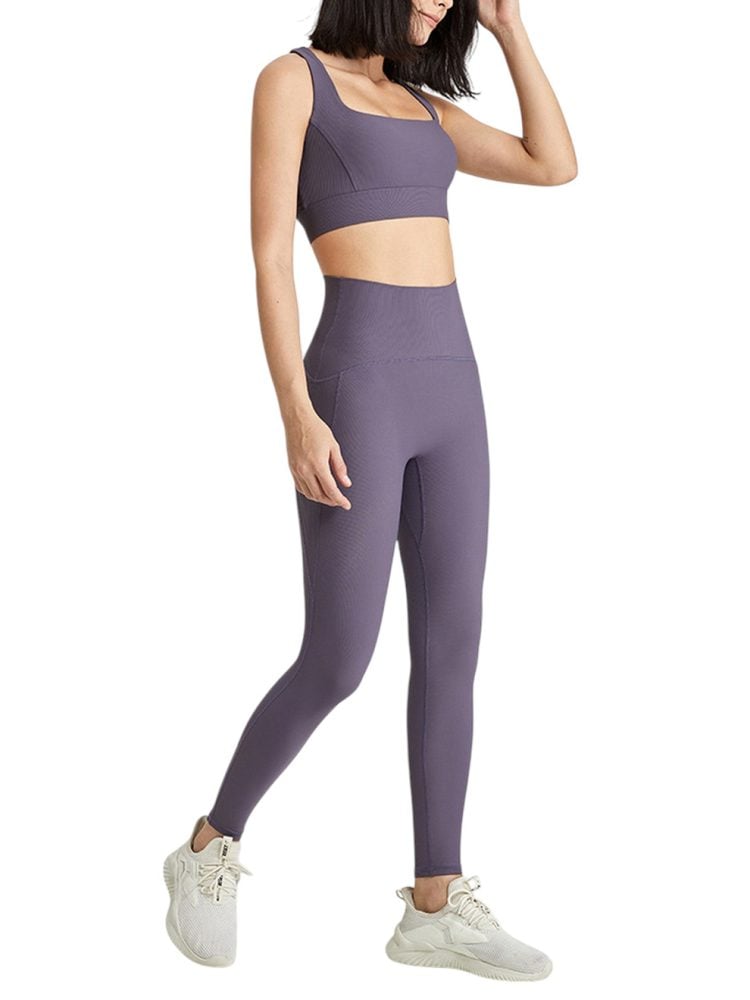

- Removable padding for adjustable support
- Racerback or crisscross straps for flexibility during inversions
- Moisture-wicking linings to handle sweat during heated sessions
- Mesh or cutout detailing for breathability and style
#3. Yoga Tops
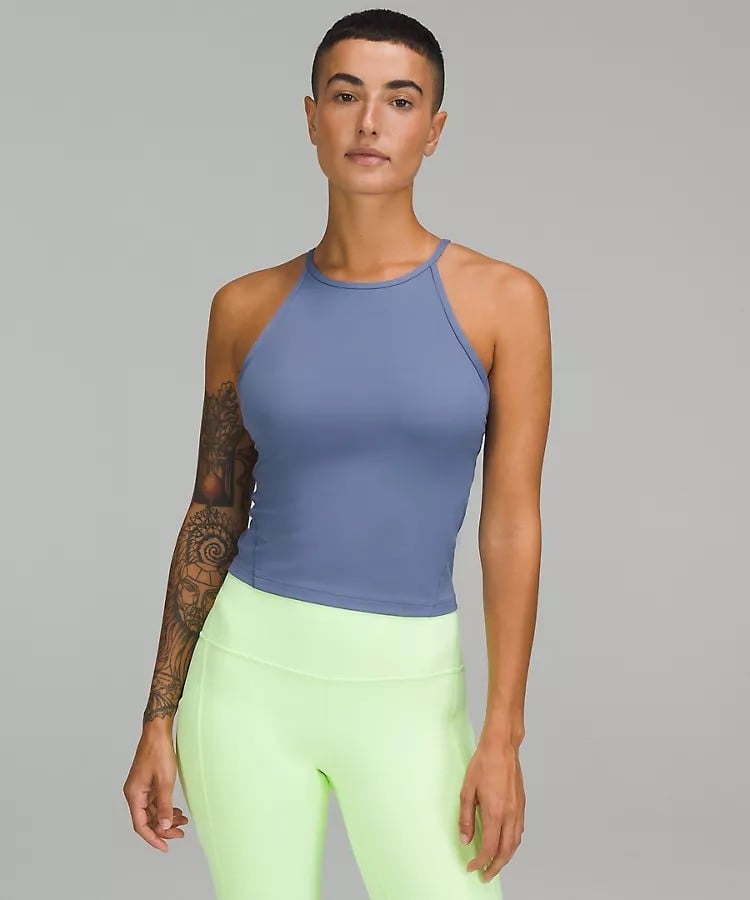

- Built-in shelf bras for light support
- Loose-fit tanks for layering
- Cropped long sleeves for pre- and post-class wear
- Drop-armhole or open-back designs for airflow
Working with an experienced manufacturer allows you to tweak these elements according to your brand’s aesthetic and your customers’ functional needs.
Fabrics Commonly Used in Yoga Clothing Manufacturing
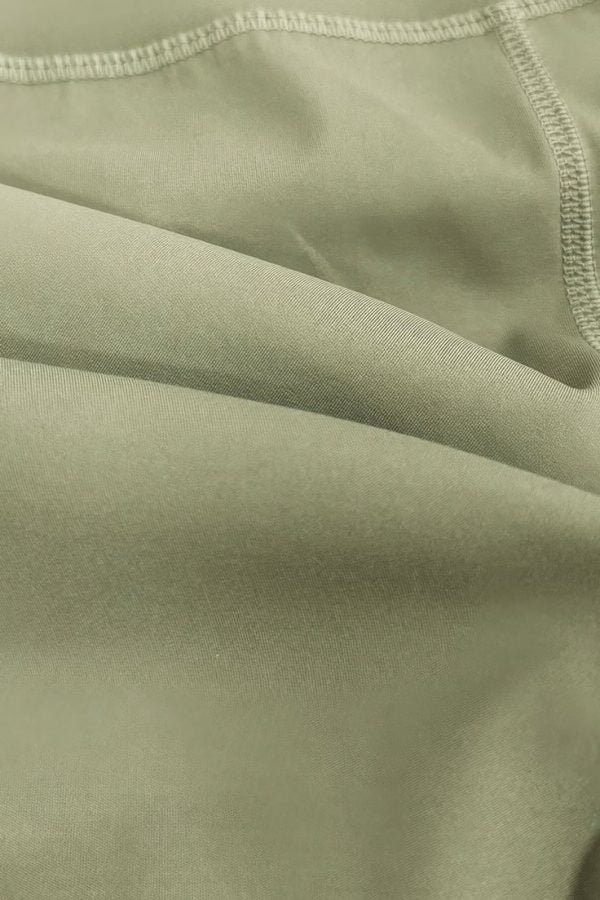

While design catches the eye, fabric determines loyalty. The ideal yoga material must master three demands: unrestricted movement, sweat-wicking performance, and wash-after-wash durability.
Top Yoga Fabric Choices
Here’s how common materials compare for different needs:
- Nylon-Spandex blends (75/25 or 80/20): The gold standard for leggings and bras—smooth, compressive, and resistant to pilling.
- Polyester blends: Lightweight and colorfast (ideal for printed tops), though less breathable than nylon.
- Supplex®: A nylon variant that feels like cotton but outperforms synthetics—perfect for breathable, abrasion-resistant styles.
- Bamboo viscose: Naturally temperature-regulating and ultra-soft (a customer favorite for sensitive skin).
- Modal: Silky and drapes beautifully—best for relaxed, restorative yoga wear.
- Organic cotton: A sustainable pick for basics, though it lacks the stretch of synthetics.
Pro Tip: Always request fabric swatches from your manufacturer. For instance, test how a nylon-spandex blend recovers after stretching or if bamboo fabric pills during abrasion tests.
Sustainability and Eco-Friendly Options in Yoga Production
As more consumers prioritize sustainability, offering eco-conscious activewear is a powerful differentiator. Many yoga clothing manufacturers now provide access to sustainable materials and responsible production processes.
Sustainable Options to Explore:
- Recycled polyester (rPET): Made from recycled plastic bottles
- Organic cotton: Grown without pesticides or GMOs
- Bamboo and modal: Biodegradable plant-based fibers
- Water-based inks: Safer for people and the planet during printing
- Low-impact dyeing processes: Reduce water and chemical usage
Manufacturers may also offer carbon-offset programs, plastic-free packaging, or certifications such as GOTS, OEKO-TEX®, or WRAP to align with your brand’s sustainability goals.
Timeline From Concept to Final Delivery
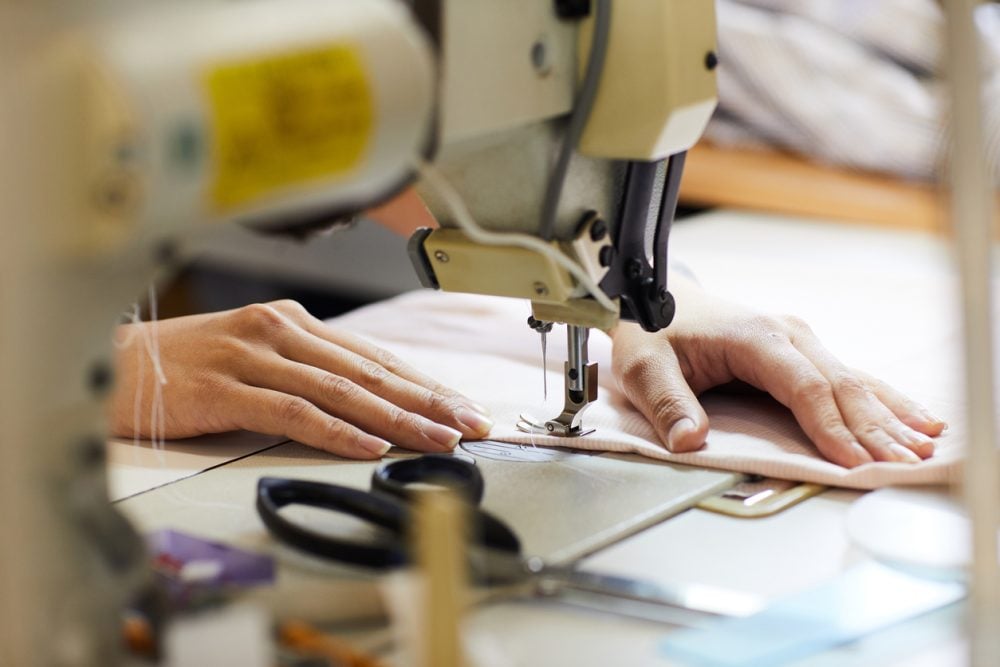

The full process of launching a yoga apparel line typically spans several months, depending on the complexity of your designs, order volume, and the responsiveness of your manufacturer.
Typical Timeline:
- Initial consultation and tech pack review: 1 week
- Sampling (1–3 rounds): 3–5 weeks (total)
- Production prep and material sourcing: 1–2 weeks
- Bulk manufacturing: 4–6 weeks
- Quality checks and packaging: 1 week
- Shipping (by air or sea): 1–5 weeks
Total estimated time: 10 to 16 weeks
To avoid delays, it’s best to start the process early, especially before seasonal launches or holiday drops. Factor in buffer time for design revisions, production queues, or material availability.
Conclusion
Launching a yoga apparel collection is a rewarding journey, but it starts with the right partner. Collaborating with experienced yoga clothing manufacturers ensures that your products meet the performance, aesthetic, and comfort needs of modern yoga enthusiasts.
By following a structured development process, selecting the right fabrics, customizing garment features, and aligning with sustainable values, your brand can deliver clothing that supports movement and mindfulness—on and off the mat.
Featured Image: Women’s Best/Pinterest
For the latest in fashion, lifestyle, and culture, follow us on Instagram @StyleRave_
—Read also
